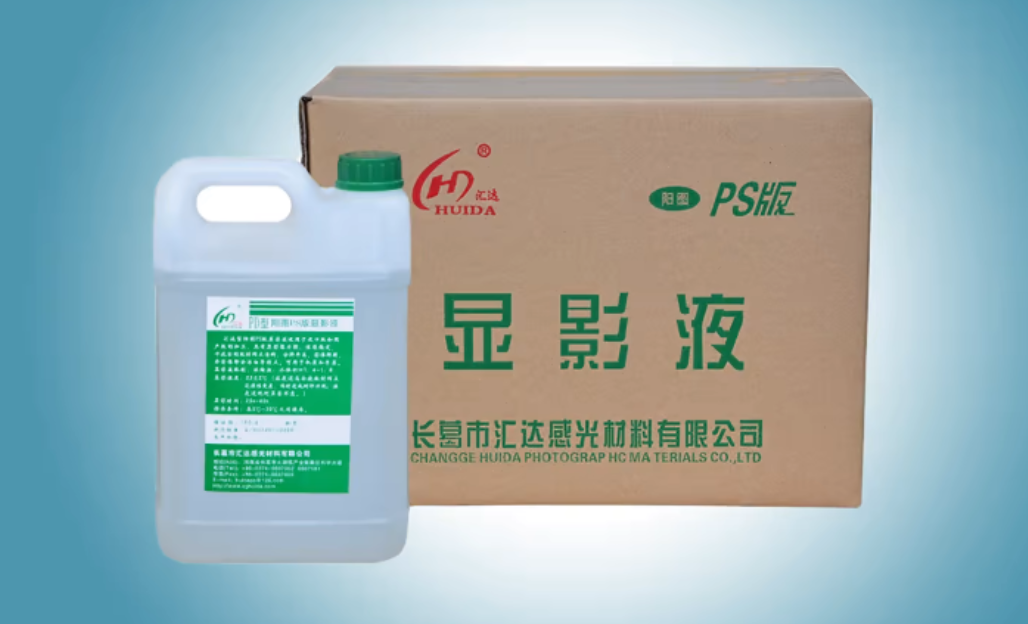The very first solution into which the films are placed is the developer solution. Since the chemical components in the developer are harmful to the environment and the human body, we need to be cautious when treating wastewater. Two common methods of wastewater treatment for developer solutions are distillation and wastewater treatment systems.
Developers and Their Characteristics
The developer refers to the agent that develops the latent image generated by the exposure of the photosensitive material into a visible image. It typically consists of one or more developing agents, a preservative (like sodium sulfite) to stop air oxidation, an alkali (like sodium carbonate) to activate the developer, and a restrainer or antifoggant to make sure the developer only reacts on exposed silver halide crystals. Activity, development speed, and impact on film gradation, graininess, and sharpness are a developer's primary traits. Developers can be made using published formulas or purchased as concentrates or ready-mixed powders that need to be diluted with water.
The developer is a chemical component, mainly a special material composed of sulfuric acid, nitric acid, benzene, methanol, silver halide, and other boric acid and hydroquinone. However, hydroquinone has a strong corrosive effect on the skin and mucous membranes, and it will affect inhalation, ingestion, and transdermal absorption.
According to the "National List of Hazardous Wastes", the waste developer, waste fixer, waste film, and waste image paper produced in the printing industry and in the process of photo-printing belong to the No. 16 "photosensitive material waste". The concentration is hundreds of times higher than the national emission standard, especially the high concentration of "total silver" contained in it is the first type of pollutant that may cause cancer and teratogenicity. It is also very polluting to the environment.
So how should developing wastewater be treated?
1. Distill
Special distillation treatment technology is used to treat the developer, which is then instantly solidified into slag without any wastewater outflow. In addition to solving the issue of creating effluent that cannot be discharged, it can also save business expenses. A wastewater filtration and circulation device can also be used to conserve water and lower emissions if there is an excessive amount of wastewater.
Process: The developer wastewater flows from the storage tank into the adjustment box, where water quantity and quality are adjusted to ensure the stability of the developer wastewater and to create the ideal circumstances for the subsequent process to proceed without interruption. The centrifugal pump feeds the waste liquid into the developer liquid solidification treatment apparatus, and the developer liquid wastewater, after specific distillation, instantly solidifies without the need to discharge wastewater. By doing this, the goal of zero developer liquid effluent discharge is accomplished, and the expense of developer liquid treatment is also decreased.
2. Wastewater Recycling System
The cost of recycling hazardous waste is significantly reduced thanks to the developer wastewater recycling system's high efficiency and low operating costs, which enable it to handle developer and plate wash water. After the waste solution has been treated, solid waste rather than liquid waste or slurry is produced as tail waste, which also significantly reduces the cost of recycling hazardous waste.
Process: This sewage treatment system successfully neutralizes the strong acidity and alkalinity of sewage, achieves the clarity of pure water, removes dangerous chemicals in sewage, and causes it to precipitate into solid waste for separation, accomplishing zero sewage discharge. It minimizes secondary pollution throughout the environmental protection treatment procedure by using the internal circulation treatment method.
Welcome to check the developers at huidaoffsetplate.com>>

